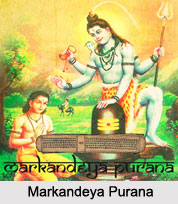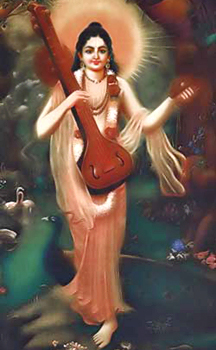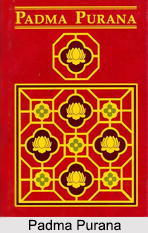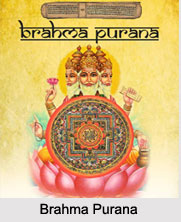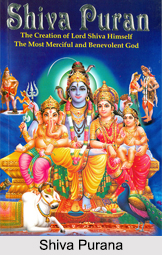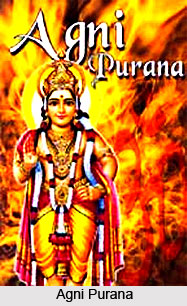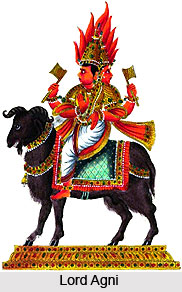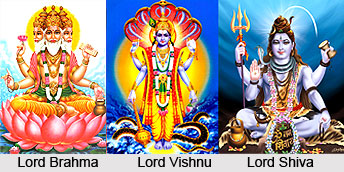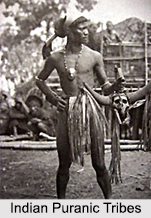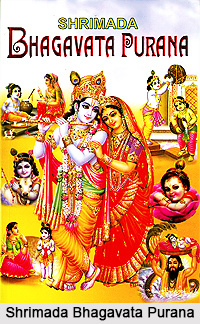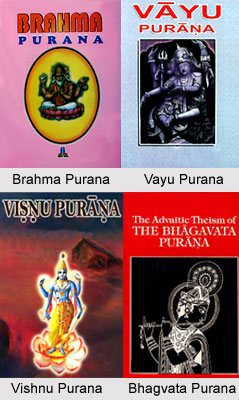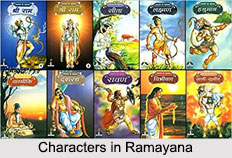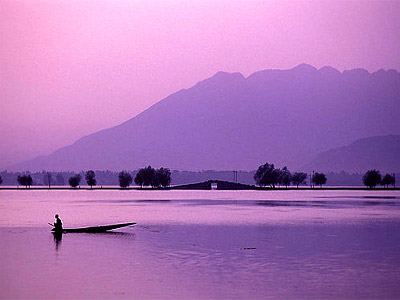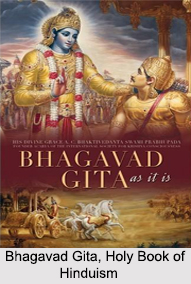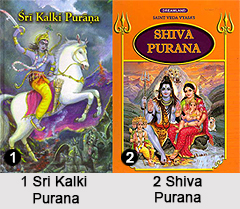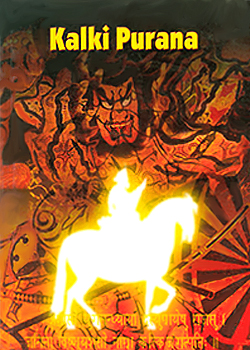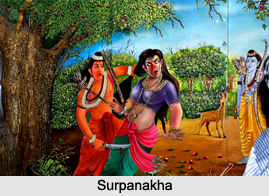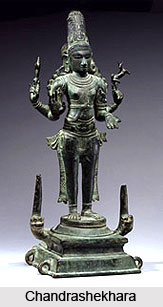 Chandrashekhara is a form of Lord Shiva in which he wears a moon (Chandra) in the headdress. But this symbol is not confined to images of Chandrashekhara only.
Chandrashekhara is a form of Lord Shiva in which he wears a moon (Chandra) in the headdress. But this symbol is not confined to images of Chandrashekhara only.
Shiva Chandrashekhara wears the axe (parashu) in his rear right hand and the antelope in his rear left. The front right hand is in the protection hand pose (abhaya tudra) and the left hand is in the charity pose (varada mudra).
The god Shiva Chandrashekhara stands in the upright, inflexed samabhanga posture. He wears earrings (kundalas) in the form of the mythical reptile makara, snake jewellery, a head (probably intended to be a skull) in his headdress, finger and toe rings, and a loin cloth of tiger skin.
Some other images of Shiva can be seen holding a drum (damaru), trident (trishula), a noose (pasha) etc as per his form. There are different stories behind getting these things by Shiva Chandrashekhara. It is said that, once he became involved in a fight with some sages (rishis) who sent snakes, a tiger, a lion, and a demon to back up their curses and efforts to defeat him. But he defeated all of them and used them as symbols of his victory.
The moon worn by Shiva Chandrashekhara is a symbol of his powers of creation. He wears a garland of skulls at the end of the universe, which symbolises his power of destruction. The image of Shiva Chandrashekhara also demonstrates the way in which in Hindu iconography, deities flourish. Shiva Chandrashekhara has two other forms: in one of them, he is identical with the one opposite but is accompanied by his wife Uma and in the other form, they are shown together but he has his left arm round her left shoulder.

